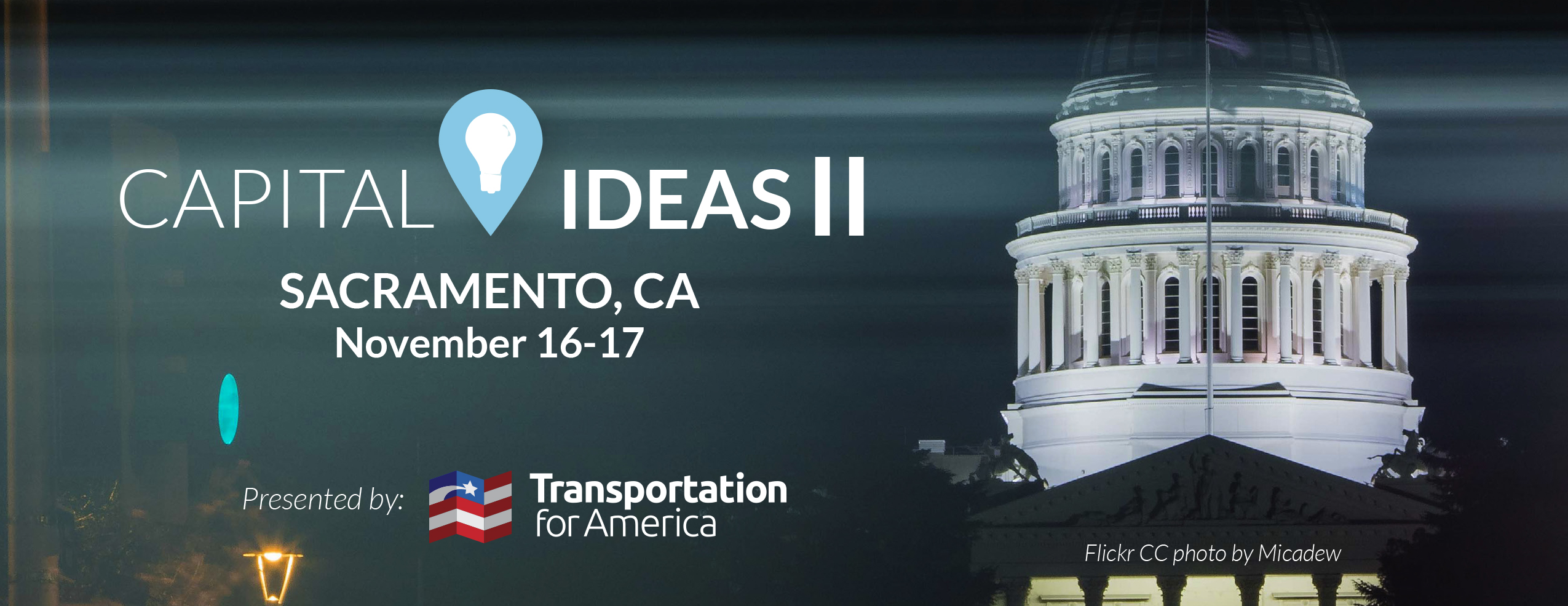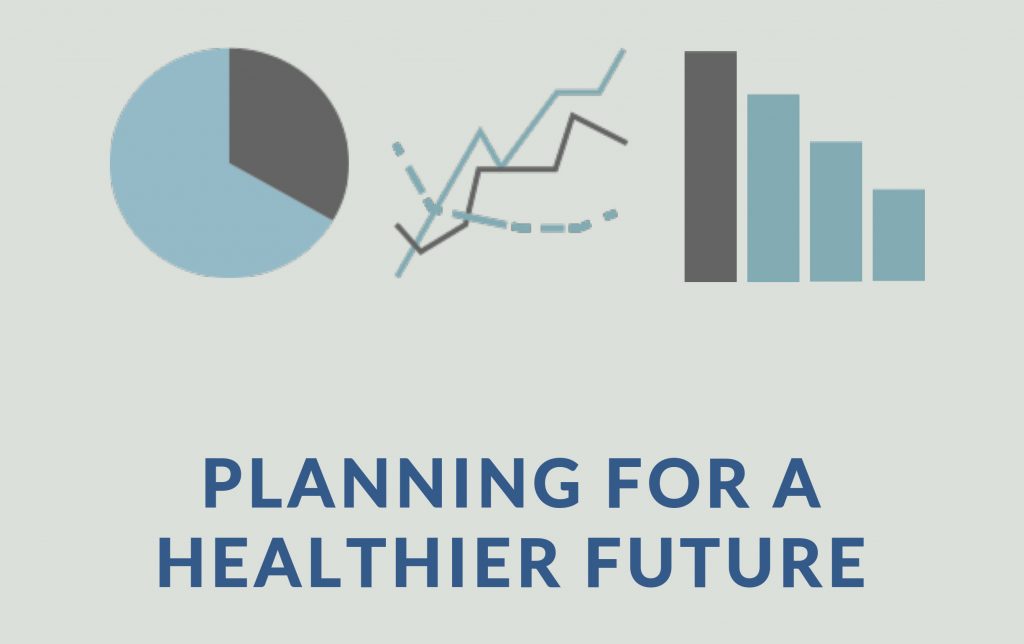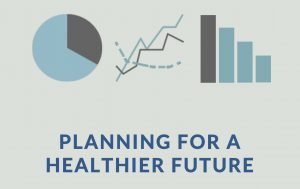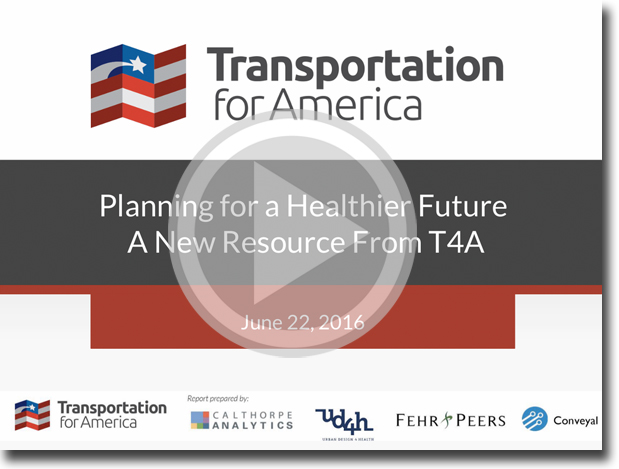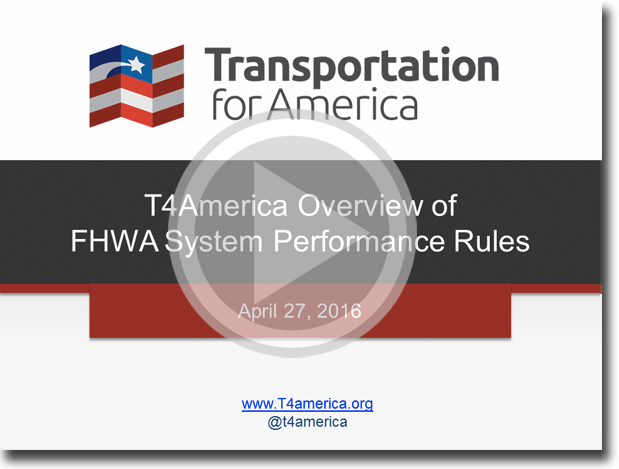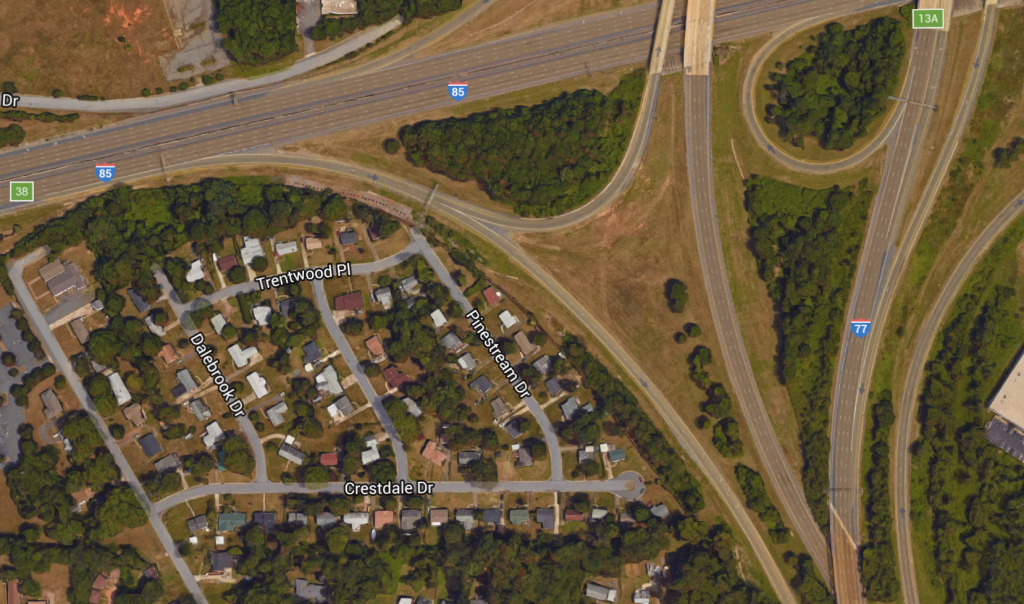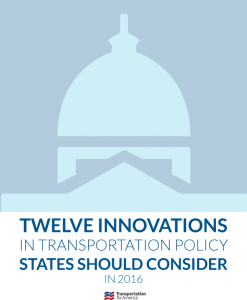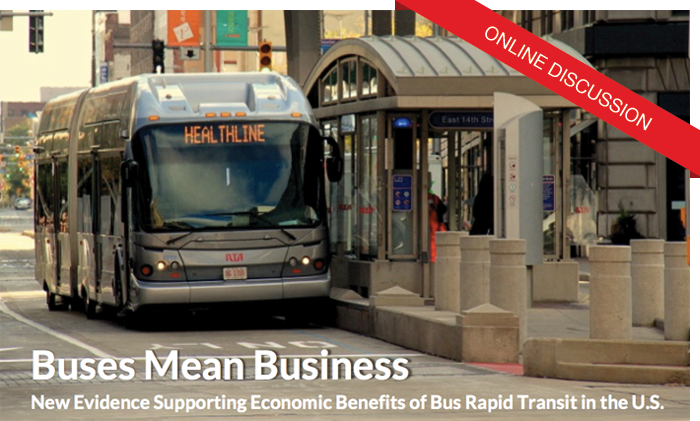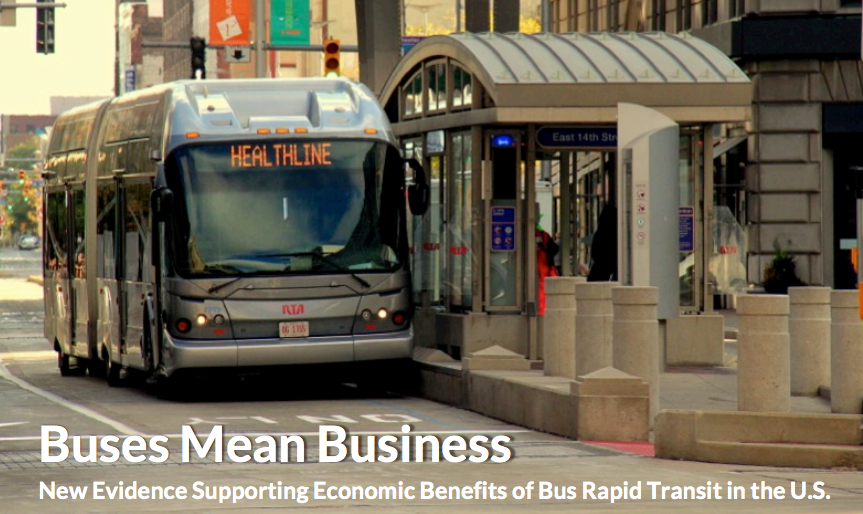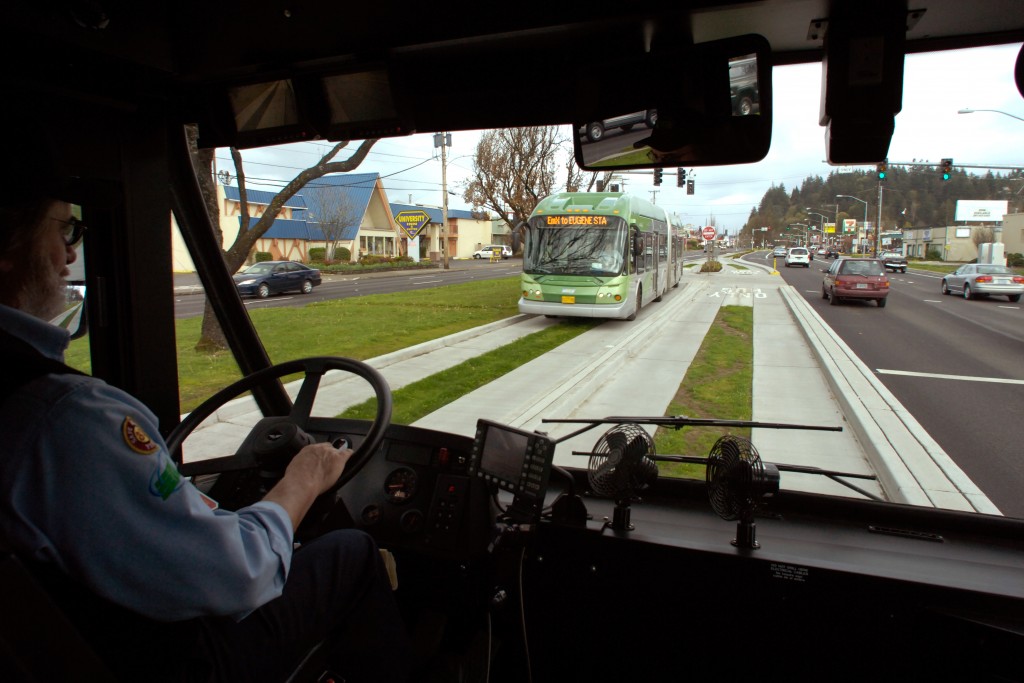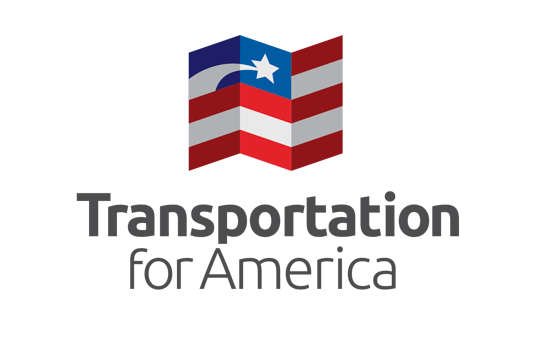
Transportation for America is hiring a paid Communications Intern to produce and write compelling stories and content, help manage our website and social media channels; and contribute to our grassroots advocacy and media work focusing on smart investments in transportation.
The intern will join a small, dynamic communications team at T4America (and Smart Growth America) that forms the outward face of Transportation for America’s work. This is an opportunity that features a great deal of responsibility, direct collaboration with our supporters and valuable hands-on experience.
Position description
The ideal intern is an exceptional writer and editor who is plugged-in to news and developments about transportation funding and policy at the federal, state and local level, and can perform and synthesize research on a range of related issues. The successful candidate will be able to use all these skills to create engaging content (i.e. longer reported pieces and blog posts) for Transportation for America’s website and a range of other on- and off-line outlets.
Our interns are dependable team players who can perform regular duties when asked, but also proactive self-starters who can offer and implement new ideas for how to make the team’s work even better. Interns will be writing assigned posts and longer stories, but will also be counted upon to do enterprising work on producing story ideas to pitch to the rest of the team.
The intern’s primary responsibilities include:
- Managing and maintaining our social media channels on a daily basis, predominantly Twitter and Facebook.
- Reporting and writing original newsy content for our blog and longer-form profiles of local regions and leaders making innovative investments in transportation, including doing interviews with local leaders or advocates for background and quotes.
- Writing, posting and managing content on our WordPress-powered website.
- Writing, formatting and sending HTML emails to our members and supporters, including a bi-weekly newsletter.
- Tracking new developments in federal, state and local transportation policy that are worth emulating and sharing with others on staff and beyond.
- Assisting with our outreach to reporters and bloggers; and
- Providing general communications support for the organization and our allies.
Requirements
All T4America internships require a self-motivated, detail-oriented person with excellent writing, oral communication and organizational skills, as well as the ability to think creatively and work independently with minimal supervision. Candidates should have a strong interest in economic development, transportation, smart growth or related areas.
In addition, the Communications Intern should have a working understanding of HTML and CSS; familiarity with (web) content and customer relationship management tools (WordPress is our CMS and Salsa is our CRM for grassroots email list and advocacy work); and a solid understanding of organizational social media protocol. Knowledge of Adobe Creative Suite (Photoshop and/or InDesign or Illustrator) for light graphics support a plus.
Candidates should have at least a bachelor’s degree and all candidates should be highly computer literate.
Compensation, location and time frame
The position is full time (40 hours per week) and requires a six-month commitment. Some former interns have joined our full-time staff. Transportation for America interns receive a stipend of $1,500 per month. This position is based in our offices in Washington, DC and will be starting around mid-October.
To apply
Please send these materials to info@t4america.org with “Communications Intern” in the subject line:
- A short cover letter that includes a 50-word description of the assets you would bring to this position
- A current resume with references
- Two recent writing samples (500 words or less.)
Applications will be accepted immediately on a rolling basis until the position is filled.
Equal Opportunity Employment
Equal opportunity and having a diverse staff are fundamental principles at Transportation for America. Employment and promotional opportunities are based upon individual capabilities and qualifications without regard to race, color, religion, gender, pregnancy, sexual orientation/preference, age, national origin, marital status, citizenship, disability, veteran status or any other protected characteristic as established under law.
About Transportation for America
T4America is an alliance of elected, business and civic leaders from communities across the country who are united to ensure that states and the federal government step up to invest in smart, homegrown, locally-driven transportation solutions. Learn more at https://t4america.org






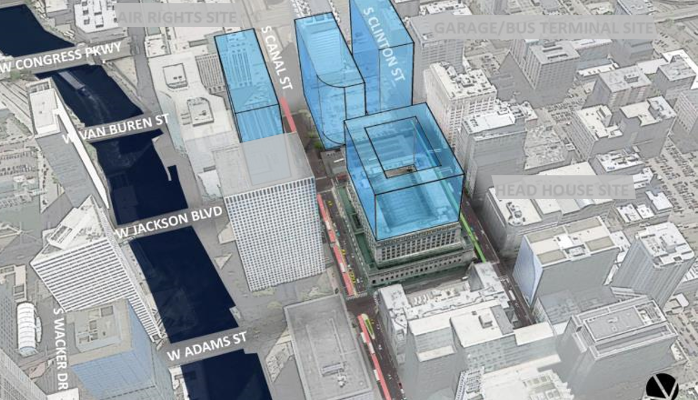
 By authorizing TFIA, the Illinois General Assembly created a way for Chicago to provide the necessary match for Red/Purple Line modernization and critical improvements to
By authorizing TFIA, the Illinois General Assembly created a way for Chicago to provide the necessary match for Red/Purple Line modernization and critical improvements to 